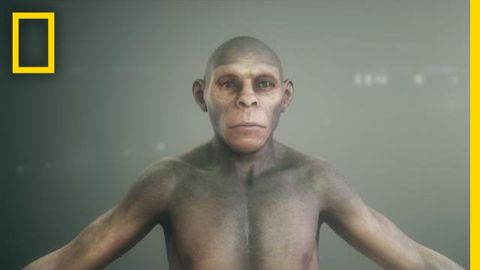ナショナルジオグラフィックで英語:人間の起源
Elise Chuang が 2021 年 07 月 30 日 に投稿  この条件に一致する単語はありません
この条件に一致する単語はありませんUS /səˈfɪstɪˌketɪd/
・
UK /səˈfɪstɪkeɪtɪd/
- adj.話をより複雑にする;洗練された
- v.t.洗練させた
US /ˈfɪzɪkəl/
・
UK /ˈfɪzɪkl/
- n. (c.)身体検査 : 健康診断
- adj.身体の : 肉体の;物質的な;物理的な
- n.体育
エネルギーを使用
すべての単語を解除
発音・解説・フィルター機能を解除
